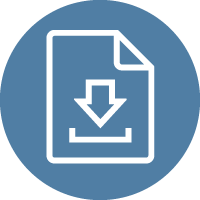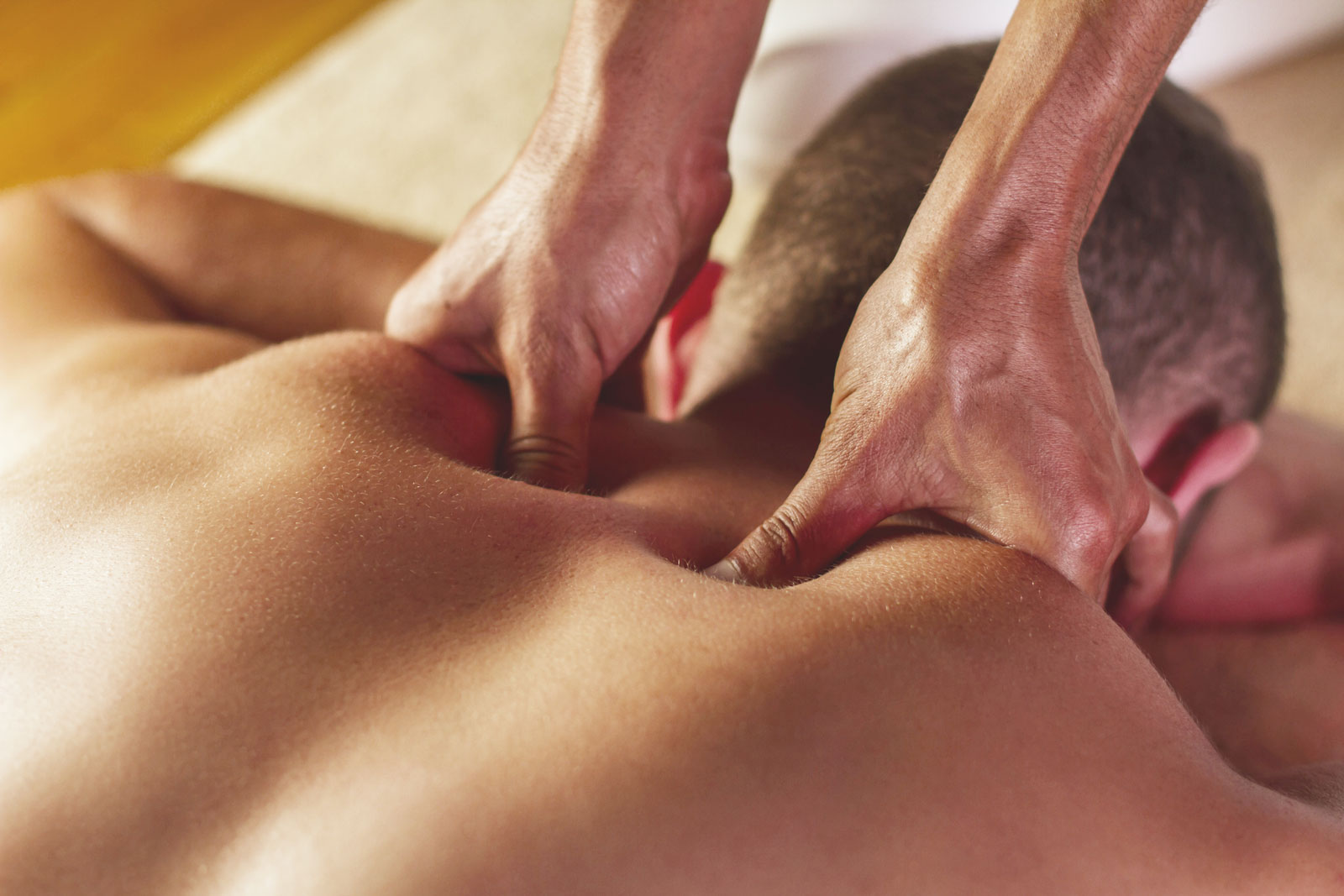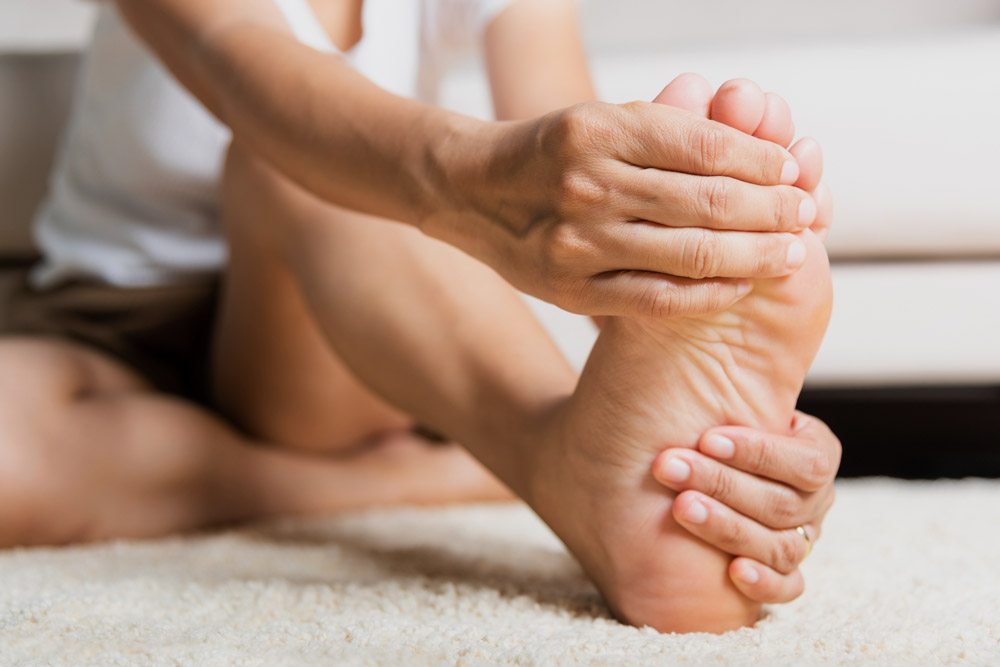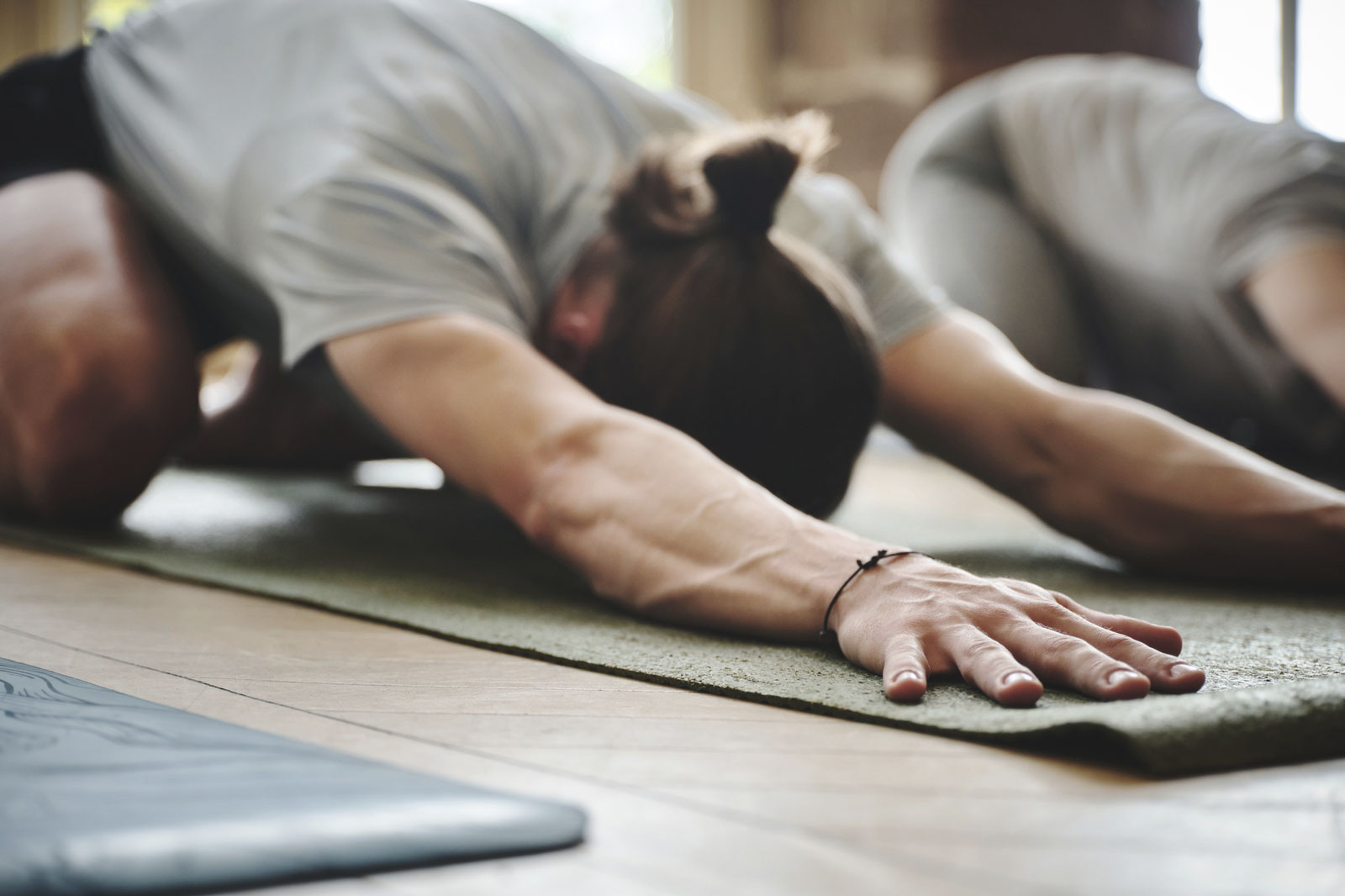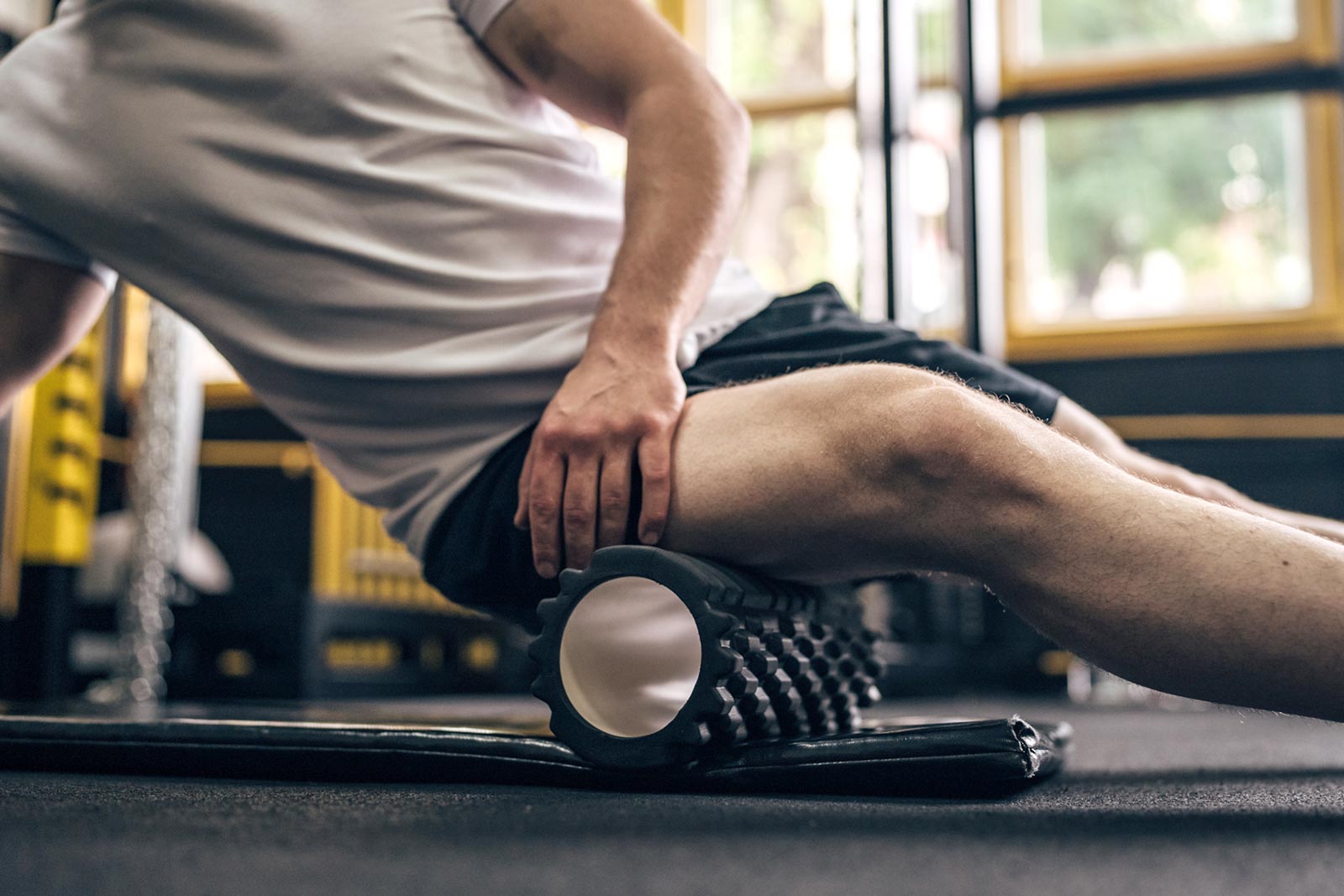
Patient Educational Resources
The Power of Self-Massage: Techniques for Relaxation and Wellness
Self-massage is a therapeutic technique that involves applying pressure to specific points of one’s own body to relieve muscle tension, reduce stress, and promote overall relaxation and well-being.
This important type of self-care can help prolong the effects of a massage treatment and help sustain you until your next appointment. Benefits include:
- Muscle relaxation
- Stress reduction
- Improved circulation
- Enhanced flexibility and range of motion
- Pain management and relief
Techniques and Tools for Self-Massage
- Foam roller
- Massage ball or tennis ball
- Hands, elbows, or forearms
- Targeted self-massage tools such as electric massagers and pressure point sticks
Tips for Integrating Self-Massage into Your Routine
- Consistency: Incorporate self-massage into your daily or weekly routine to reap long-term benefits. Even a few minutes of self-massage can make a significant difference.
- Listen to your body: Pay attention to your body’s response during self-massage. Adjust pressure and technique based on comfort levels and feedback from your muscles.
- Seek professional guidance: If you have specific health concerns or chronic pain, consult with a healthcare provider or a licensed massage therapist for personalized advice and recommendations.
Self-massage is a valuable self-care practice that offers numerous benefits for physical and mental well-being. Whether using foam rollers, massage balls, or your hands, incorporating self-massage into your routine can help reduce muscle tension, alleviate stress, improve flexibility, and promote overall relaxation. Embrace the therapeutic benefits of self-massage as part of your holistic approach to self-care and enjoy the profound effects it can have on your body and mind. In conclusion, self massage is an excellent way to maintain the gains you have made between massage therapy sessions.

